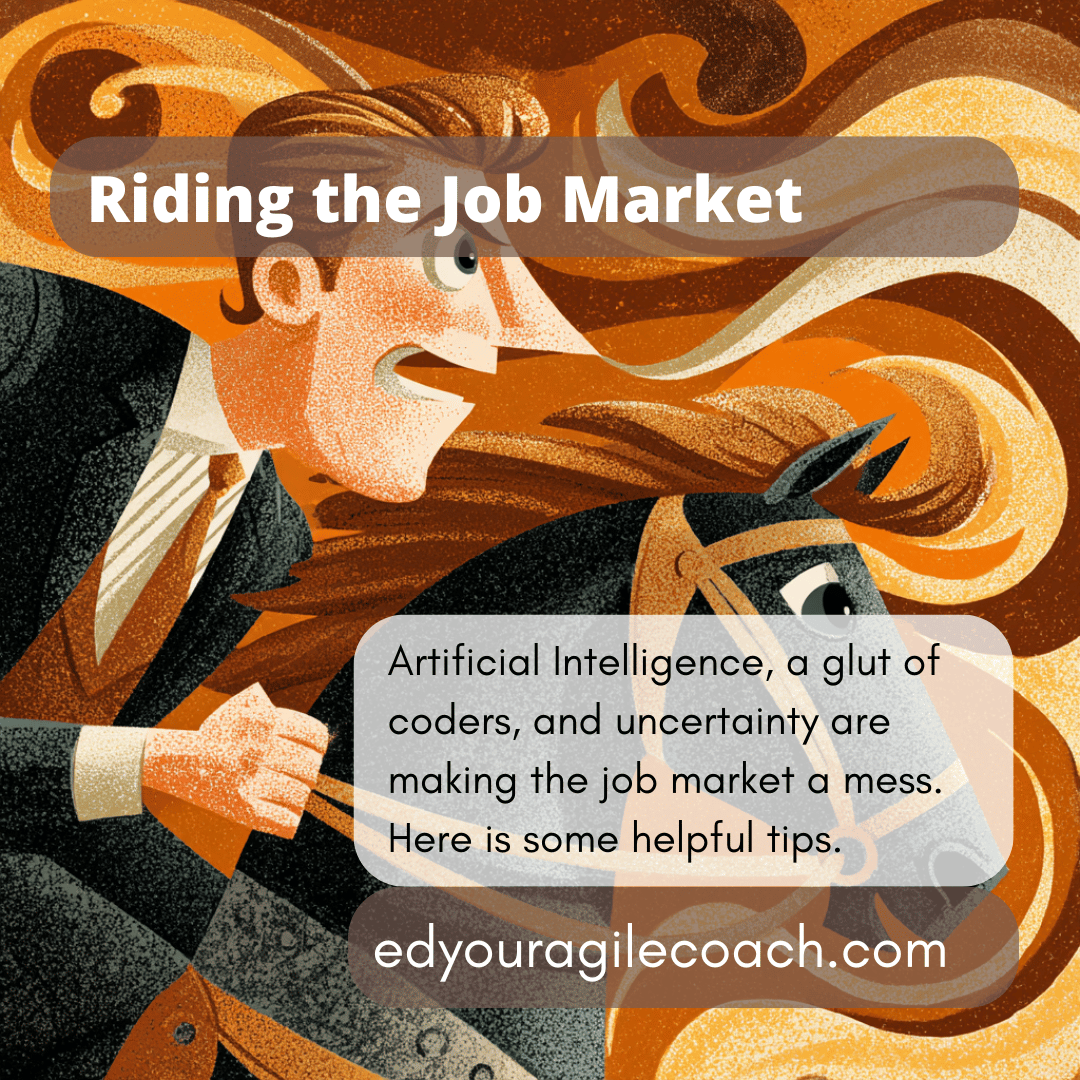Lessons from the giddy and stupid days of the Dot.com crash.

It is a common saying that history often repeats. I disagree because it does not repeat but instead rhymes with previous periods. The psychedelic era of rock and roll borrowed heavily from the art nouveau movements before the First World War. We also see political retrenchments as the public mood shifts from liberal to conservative over the decades. This week marks a curious anniversary in economic history, and I want to discuss how it might relate to our current situation.
Before the millennium, the global economy was happy. We enjoyed low inflation, employment soared to record heights, and the news shimmered with tales of fortunes made in the Dot.com boom. Capitalism worked for everyone, and the internet would usher in a new era of freedom and prosperity. I refer to this period of history as a giddy and stupid time because people were so intoxicated by the money and opportunities that they ignored any possible risks. Investors squandered plenty of cash as these internet rebels did everything they could to attract business. The idea was to spend money now to purchase profits later.
My favorite story of this time is the saga of Pets.com. The company used to sell pet supplies online, including dog food, and they ship it to you directly. It has a slick marketing campaign featuring a promotional message for the company, featuring a sock puppet of a dog. At its height, the company single-handedly sponsored the Macy's Thanksgiving Day parade on TV, outspending the sponsor Macy's. The dirty secret of Pets.com is that they sold plenty of sock puppet merchandise and lost staggering amounts of money. The company could sell things online but could not deliver those things at an economical price. Famously, each bag of dog food sold cost the company five dollars.
Like all parties that get out of control, the fun continued until the bills needed to get paid or the police came to crash the party. Investors began asking if these companies were making any money, and when it was apparent they were not, the party ended abruptly. On March 20th, 2000, the stock market had its third most significant sell-off. Billions of dollars in investments evaporated in an afternoon. It began a severe extinction event in the business community—software shops and businesses that sprang up as part of this gold rush shut down overnight. Many people did not learn about their jobs until they came to work and found themselves locked out of their trendy office lofts.
Banks and creditors took everything, including office furniture, to recover some of their losses. A popular website at the time, F@#Kedcompany.com, told the story of job losses in Silicon Valley with a smug tone that had little sympathy for the people losing their jobs or businesses. Giddyness transformed into grim determination as the survivors attempted to find a niche and make profits.
The extinction event cleared the way for companies like Amazon, who learned to make money where Pets.com faltered. Social media services cropped up, including MySpace and Facebook. It also makes the investments made by large businesses to address the Y2K bug pay off handsomely because the new infrastructure was perfect for exploiting the vacuum left in the wake of the Dot.com bust. Having a presence on the internet was now table stakes for any company.
The stock market would take over fifteen years to recover from the Dot.com bubble bursting. The survivors of this catastrophe come in different varieties. Some lost everything, and others got ridiculously wealthy, but most of us who wrote the code dusted ourselves off and returned to work wiser and more sober. Market corrections have a way of doing that to the most giddy of capitalists.
Twenty-five years later, people like me are in management and leadership roles. I suspect this is why the attention that artificial intelligence is receiving looks so familiar. People inflate expectations and fears. Stock speculation is rampant, and many opportunistic companies have sprung up to get in on the gold rush. I even worked on a contract to familiarize myself with the terms and technologies.
It is why I see Microsoft CEO Satya Nadella's interview with Gizmodo as a good thing. Nadella has invested billions of dollars into Artificial Intelligence in partnership with ChatGPT. He considers the bubble filling and wants to remove hot air from the frenzy. Artificial intelligence is expensive and requires plenty of human interaction. It also consumes entire cities' electrical power to keep the AI servers running. It is not a get-rich scheme but a calculated gamble with eye-watering table stakes. If executed properly, it could generate GDP growth of 10% annually and be the next big industrial revolution. If it fails, it could be the most expensive null hypothesis in business history.
So, while the 25th anniversary of the Dot.com crash is coming, I do not suspect that we will break our economy the same way we did at the turn of the century. Despite all the attention Artificial Intelligence has attracted, no one I know is behaving in a giddy or stupid manner. It is some hard-earned wisdom over the last twenty-five years in the technology business, which is good.
Until next time.




Comments ()